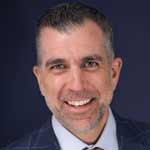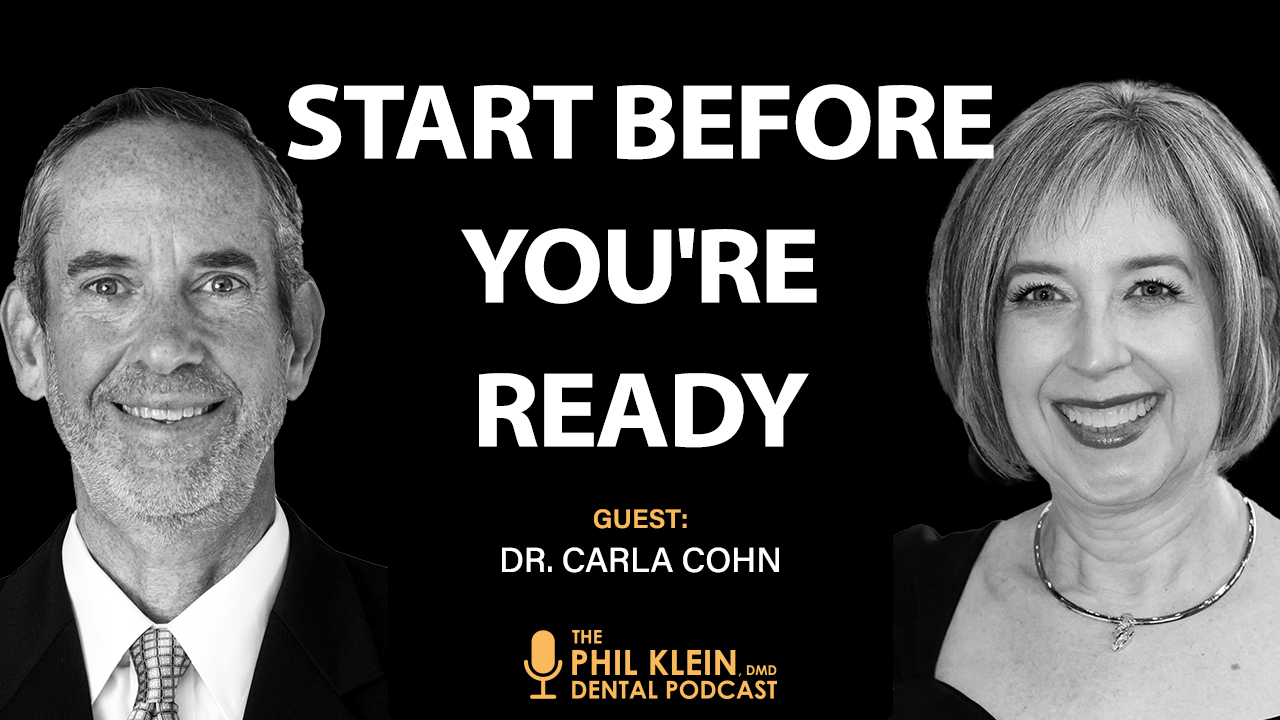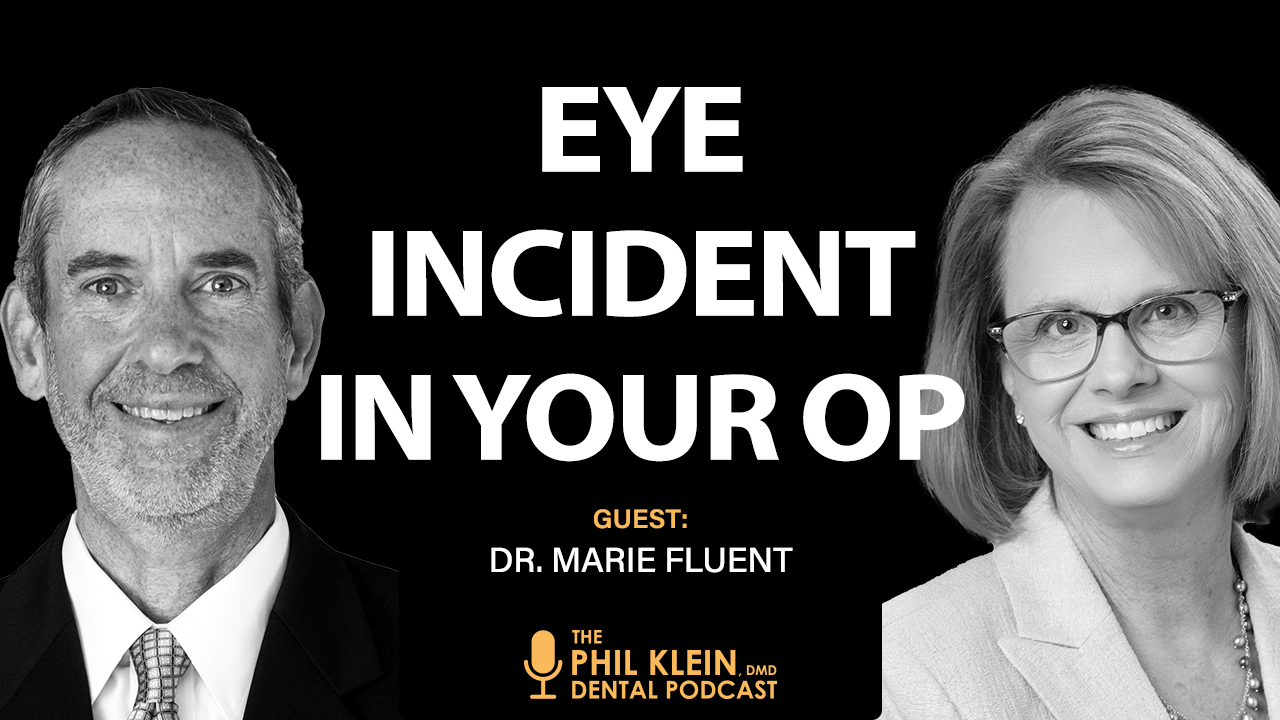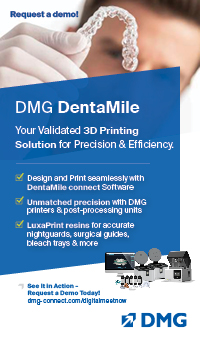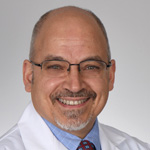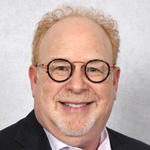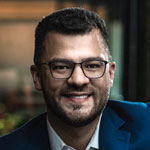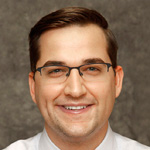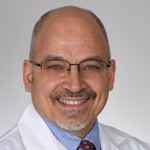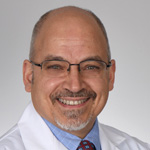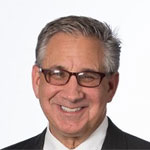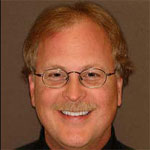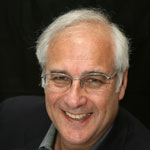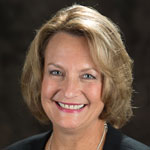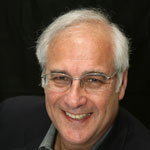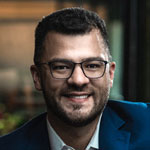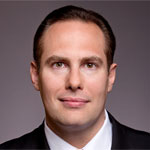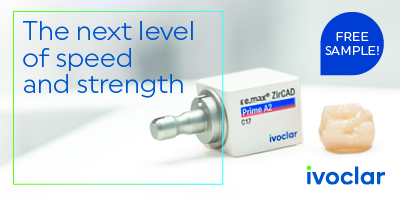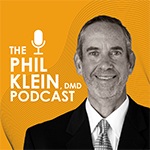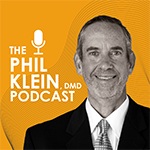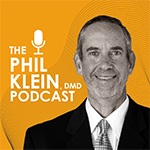This CE webinar will focus on the clinical use of bioactive composites, emphasizing bonding, and placement strategies that lead to predictable restorative outcomes. Attendees will review current evidence on bioactive materials, explore step-by-step bonding protocols, and learn practical placement techniques designed to improve efficiency and long-term success. The webinar will also address common clinical challenges and provide solutions that can be implemented immediately in everyday practice.
Recurrent caries haunt each and every provider at one point or another. Pastes, rinses and home care tools can only go so far - sometimes we need to break the caries cycle at the tooth-restorative interface. This CE webinar will highlight some advances in composite chemistry that marry the convenience of a bulk fill with the smarts of remineralization. Caries risk assessment and adhesive considerations will be covered in detail, as each of these components in addition to our materials, make for more predictable restorative outcomes.
Navigating the vast and intricate landscape of dental materials, particularly for direct restorations, can be daunting. This CE webinar is designed to demystify this complexity by delving into the benefits and limitations of various direct restorative materials available today, including resin composite, RMGIs, and Bioactive materials.
We know that when we perform direct bonding procedures, our adhesives and restorative materials can cause proteolytic responses in the dentin structure, which may ultimately lead to failure at the interface. However, we tend to overlook the possibility of similar outcomes with our resin cements. As we create the same hybridization of the dentin, there is a potential for failure due to bacterial contamination, insufficient infiltration, and the acidity of our resin cement. This CE webinar aims to explore a cementation process that can significantly improve the success of this critical restorative procedure.
Bioactive materials have been advancing patient care for over a decade, yet many clinicians are unaware of the positive impact they can provide to daily patient outcomes, keeping the materials in a "Golden Box" only to be used in special situations. Bioactive dental materials are indicated and appropriate to use in most restorative scenarios. When used properly, they ensure quality, long lasting restorations for our patients. This CE webinar invites you to rethink your caries management practices by combining patient centricity and practice efficiency for a patient-practice win-win.

Overcoming the challenges of pediatric dentistry requires a special skill set and a unique approach. In this CE webinar, board certified pediatric dentist and gifted storyteller Dr. Trudy-Ann Frazer will impart five essential success tips for pediatric dentistry that she has cultivated in her 10-plus years of clinical practice. As Dr. Frazer says, "There are things that took me years to learn as a pediatric dentist, and I would have been so much better off knowing these things from day one.” This webinar serves as a resource for clinicians seeking to advance their pediatric dentistry skills and provide the highest level of care to their youngest patients. It will offer practical and actionable guidance that you can implement into your clinical practice. Attendees can expect to gain knowledge on optimizing product choices and techniques, enhancing bedside manner, prioritizing self-care, addressing parental concerns, and utilizing "smart"/bioactive products to support oral development while avoiding burnout.
True bioactivity in relation to cementation in today’s dentistry is incredibly advantageous. It allows the dentist to have comfort in the knowledge that the crown margin will not be the weak link in cementation. Bioactivity enhances the stability of the restoration by forming hydroxyapatite crystals at the restorative margin, minimizing the chance of microleakage and decreasing the risk of sensitivity. This CE webinar will examine the characteristics of bioactive cements and indications for its usage.
The dental profession is at high risk for musculoskeletal disorders (MSD), with up to 96% of practitioners reporting pain due to clinical work habits. This is due to repetitive movements, bending, twisting, reaching, incorrect operator and patient positioning, and performing repetitive movements in a static posture. These habits not only compromise the health of the dental clinician but also reduces efficiency and production. Ergonomics is the science of fitting the working environment to the practitioner, instead of forcing one's body to acclimate to the environment. Proper ergonomics can increase productivity and efficiency, decrease pain, and lengthen one's career. Allowing the individual to practice pain-free, ergonomics can increase the quality of one's life and work satisfaction. At the conclusion of this CE webinar, participants will learn ergonomic techniques, proper positioning, and product choices to allow them to practice pain-free while also increasing efficiency and productivity.
This CE webinar aims to empower dental hygienists with the knowledge and confidence to make informed product selections. The webinar will delve into the digestible science behind dental product selection, including a look at active ingredients and how they contribute to oral health. With this knowledge, dental hygienists will be able to choose products that best suit the unique needs of their patients.
In this cutting-edge CE webinar, participants will delve into the exciting world of bioactivity and its applications in dentistry. The webinar will explore the science behind bioactive materials, their benefits, and how they can revolutionize dental treatments. By incorporating bioactivity into your practice, you can provide top-tier care while preserving the natural beauty of your patients' smiles.
In this CE webinar, Neville Hatfield, DMD, will discuss current provisional materials available to practitioners and how unique chemistry in currently available products help with those frustrations inherent during the temporization phase. Pros and cons of products will be discussed and his recommendations will be discussed.
Bioactive has become a buzz word in dentistry, however, many of us struggle to define exactly what that term means. This CE webinar will present the bioactive claims of bioactive restorative materials as well as the evidence for these claims. Clinical examples of the use of these materials will be presented.
Historically, dental materials have been designed to be passive. They are considered successful if they do not interact with or harm the surrounding tissue. Thus, these materials are deemed to be biocompatible. In recent years, with the development of bioactive materials with impressive capabilities, this has started to change. A shift in thinking and a desire to do better for our patients has given rise to the era of bioactive dental materials. Bioactive materials are by design, interactive with a patient’s tooth structure and help to stimulate and mimic the remineralization process that takes place in nature. This CE webinar will review the science behind bioactive dental materials as well as practical uses for bioactive dental materials in everyday practice.
Life has become more stressful and challenging, especially during the pandemic. When we find time to care for ourselves, we don’t always make optimal decisions. This includes important choices related to diet, nutrition, and oral health. Yet, each time we eat, the balance of the oral cavity can shift, allowing opportunistic pathogens to become activated and destructive. The result is an oral environment that is “out of balance.” How can we as dental professionals respond to these circumstances and stop this disease process?
Fortunately, there are specific and highly effective oral health strategies that you can use to restore balance. In this webinar, Dr. John Comisi will help you understand the disease process and how to end the frustrating treatment cycle of “one step forward, two steps back.” He will also look at beneficial procedures and materials we can we use to arrest this disease process—and possibly even reverse it.
The integration of medicine and dentistry is an exciting development in modern healthcare. While medical-dental integration was once a dream among healthcare visionaries, it is now a tangible reality. This is due in large part to the COVID-19 pandemic, which has accelerated change and made many Americans aware of the oral-systemic link for the first time. In this educational CE webinar, Crystal Spring, RDH, an expert in access-to-care issues, will look at how dental professionals can be a part of this historical medical-dental transition.
A dynamic and synergistic relationship exists between oral health and nutrition. A diet consisting of frequent consumption of sugar and fermentable carbohydrates is associated with caries disease, periodontal disease, and other dental problems. While it is common knowledge that too much sugar can lead to poor oral health, the mechanism of action behind this process is often misunderstood. In this CE webinar, attendees will learn how sugar is hydrolyzed in the oral cavity and contributes to poor oral health in the presence of malnutrition in a scientific yet simple manner.
In this CE webinar you will:
• Gain a true understanding of the current definition of “bioactivity” and “bio-interactive”
• Learn about the bio-interactive materials and mechanisms that can help you and your patients in daily dental care
• Understand how true remineralization of demineralized dentin structure can be accomplished in your practice each day
In just two generations, life expectancies have increased 20 years. With that, you as a clinician are now faced with far more dentulous dentistry in the older population subset. These patients provide wonderful opportunities for you to help, as they present with daily restorative challenges that are entirely different than those of younger patients. Why? Because aging oral issues are, in fact, the perfect recipe for geriatric caries. The reasons for this are many, including large embrasures (food traps), aged dental margins, poor diets, decreased saliva, and decreased dexterity for optimal prevention. This CE webinar will present clear approaches for you to treat these patients. It will also highlight the latest restorative materials and techniques to best help in these clinical situations.
Upon the completion of this CE webinar, dentists will:
• Become familiar with the science behind the term “bioactivity”
• Be able to identify new restorative materials that actively work to promote the health of restored teeth
• Learn how to clinically implement recent advances in restorative technology into their practices
Patients that practice poor eating habits such as consuming sugary foods, fermented carbs, or too many calories, are at a high risk for developing caries. Sealants were introduced to as a preventative measure to reduce caries in young children. While sealants are more commonly recommended for children by dental professionals, they should be considered for any individual with a high caries risk. Over the past decade, dentistry has transitioned from a passive, reactive repair model to an active approach that promotes proactive care. This CE webinar will introduce participants to dynamic, bioactive materials that mimic nature and support and environment favorable of remineralization and promotes the natural healing process in the oral cavity. Participants will also learn about the importance of incorporating calcium and phosphate ions into dental materials.
This CE webinar is designed to give a foundation for implementing bioactive materials in your daily treatment to enhance and grow your dental practice.
The concept of bioactive dental materials is not new. We’ve all heard of them and have probably used bioactive materials at one time or another – but are you telling your patients about the benefits of bioactive materials? Patient education can increase case acceptance and be a large source or referrals to increase practice revenue.
In light of the recent pandemic, we will all be looking for ways to help differentiate our practices as we move into this new era of dentistry. Aside from changing our offices and instituting even more rigid guidelines as far as infection control, expanding your practice using the techniques and materials discussed in this CE webinar will give you a head start in getting all your practices moving smoothly again.
In this CE webinar, attendees will learn about:
• the importance of the provisional
• protocols for quickly fabricating great single unit provisionals
• tips and tricks for multi-unit provisionals
This CE webinar continues the discussion of biomimicry and bioactivity in dental materials and their clinical applications, and will also introduce a new category of a restorative material. At the end of this CE webinar the participant will be able to understand the concept of biomimicry and the role of so-called bioactive materials that functionally replace those ions lost in the decay process, and will also be able to implement techniques for truly restoring a tooth. Participants will be more familiar with the materials available and how to best utilize them in various treatment modalities, especially for pediatric and geriatric populations. Techniques will be discussed so that the participant can readily and easily incorporate the materials into their restorative protocols.
Upon completion of the CE webinar the attendee will:
• Gain an understanding of enhanced diagnostic protocols using technology
• Discover minimally invasive treatment options and establish the threshold for restorative intervention
• Implement step by step technique using bioactive restorative materials
Dental caries continues to be a top-of-mind dental concern, affecting a majority of the US population. Fluoride is a mainstay in prevention, with fluoride varnish products becoming the primary type provided in dental practices. Dental professionals often get “side-tracked” with concerns over patient acceptance of a product utilized in patient care, rather than its efficacy, and often is the case when selecting a fluoride varnish. This CE webinar offers an overview of factors to consider when selecting a fluoride varnish product. Flavor aspects will be presented with a conversation about taste as the current primary determinant for product choice. The benefits of additional ingredients in fluoride varnish will be discussed as well as other characteristics for superior patient benefit. The entire dental team can profit from information concerning fluoride varnish choices for best patient care.
This CE webinar is designed to acquaint the audience with biomimicry and bioactivity in dental materials, in addition to how and when they should be used in the treatment of tooth decay, as well as in other aspects of dental treatment.
Spanish Webinar with English subtitles
Al finalizar este webinar de CE, el estudiante podrá:
• Comprender por qué la bioactividad es la mejor herramienta para el cuidado preventivo y restaurador.
• Familiarizarse con materiales bioactivos restauradores.
• Adquirir consejos clínicos para lograr eficiencia en el tiempo restaurando dientes con materiales bioactivos.
“Minimally-invasive dentistry” is a hot topic in dentistry. It’s very easy to talk about taking away less tooth structure, but it is more difficult to apply this concept to achieve predictable esthetic and functional results. This CE webinar aims to give clinicians the tools needed to successfully and immediately expand the use of minimally-invasive dentistry in daily practice.







